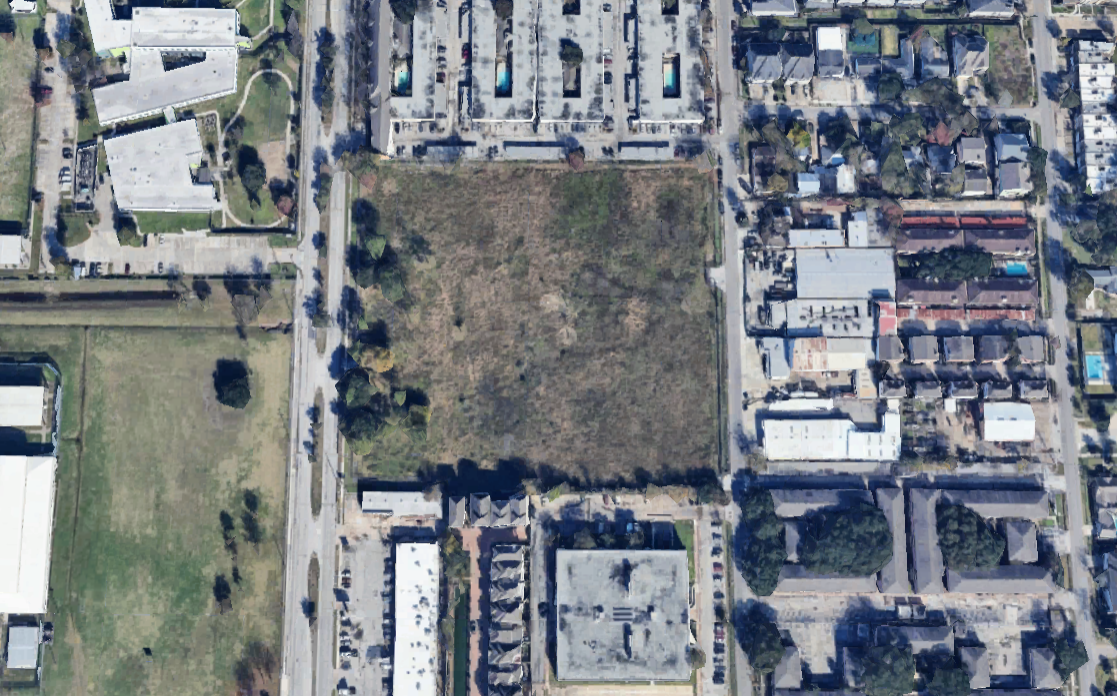Reservoir Parks
When drains fill up, water has nowhere to go, so it collects, and damages nearby buildings and homes. We hope to help prevent this using reservoir parks. Reservoir parks can collect and store the extra water that drains can't move, so the water doesn't cause nearly as much damage.
Reservoir parks prevent this flooding by being sunk about 5 to 10 feet into the ground, and so they can fill up and store excess water instead of washing away nearby buildings. The park’s infrastructure is also built to be water resistant, so the park isnt damaged after flooding.
Larger parks may also get direct pipes to storm drains, so it can flood when needed, and hold water from areas not directly around it. This can also help with draining the larger parks faster, so they aren't flooded days after flooding events.
These parks are obviously more expensive than a regular park due to the excavation necessary to build them, however this larger up front investment is offset by the prevention of flooding.
Example
For example, this field in south Houston could be turned into a reservoir park that could not only serve the surrounding neighborhoods as a regular park, but it could also hold over 16 million gallons of water. Water that could be safely stored in this park instead of flooding nearby areas. This is very useful because this area is in a high risk flood area, so it an the surrounding areas are very likely to be flooded in heavy rain.

Here is a rudimentary example of what a reservoir park could look like:
